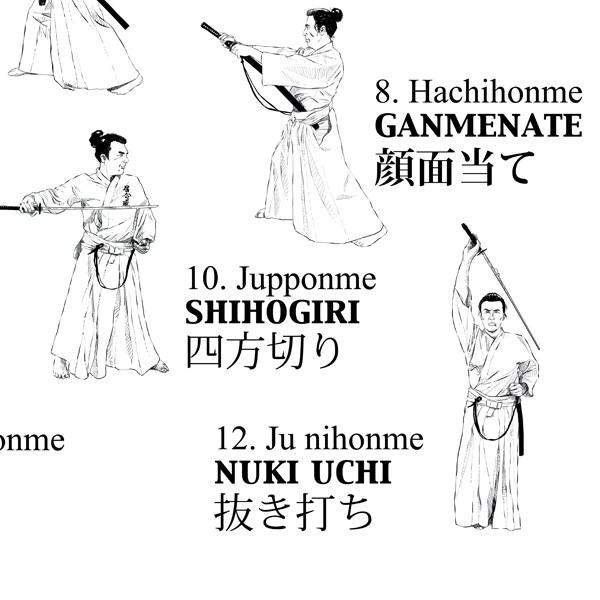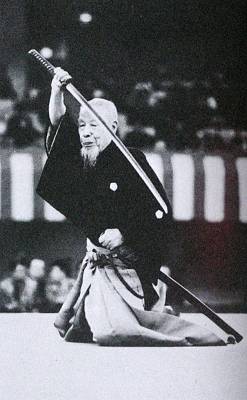
It claims an unbroken lineage dating back from the sixteenth century to the early 20th century. Muso Jikiden Eishin Ryu Iaido is one of the most widely practiced schools of Iai (Sword Drawing art)and Kenjutsu in the world. Our Instructors maintain membership and training within the Kai in order to maintain the quality of curriculum and instruction in both Sword and Kempo artsĬontact us! The History of These Sword Arts The Rhode Island Budo Club is an official dojo of the Yamato-Ryu Budo Kai. Lessons are usually in smaller groups to be sure you are getting quality instruction, just as these arts were passed down from teacher to student for generations. As a member here, you will get proper conceptual and technical teachings. We do not teach watered down martial arts. The belts or “obi” practitioners wear are a means to secure the sword only. The reason to train classical arts is for personal satisfaction and development, not for external validation of your accomplishments. Exceptional students may eventually be eligible for traditional certificates from the organization, but there is never a guarantee of promotion.

Strict attention to detail is required, as is consistent repetitive training. Training is tedious, both mentally and physically with emphasis on basic movements. Although the practice of Iaido or Kenjutsu may look easy when watching an experienced practitioner, it is usually the result of many hours of sweat and hard work. In the physical sense, training in the sword arts can be a great way to strengthen the body and the mind. This requires the practitioner to cultivate an intense sense of focus and concentration which cultivates an awareness that is needed in this ever increasingly dangerous society. In Shinkan-ryū Kenpō there are many forms and levels of interesting iaijutsu techniques.Often beginners get confused as these classic Koryu arts are meant to teach combative principals, not the skills.

Shinkan-ryū Kenpō's iaijutsu is concerned less with looking perfect and is more intent on being true to its original nature of sword fighting methods. It can be said its just semantics but its foolish to think that is the only case. Japanese do use these words interchangeably as well. You have to keep an open mind and not judge a book by its suffix. If you are thinking, well this is a slippery slope to climb, it is indeed. So this idea between the difference of dō and jutsu can be a little complicated as you can see. As well jutsu schools can also contain strong points of spiritual refinement and character development.

Do not let the dō suffix always fool you into thinking the techniques are subpar. It is not helpful to dismiss such a school as not worthy of swordsmanship training. Kendō while limited in its teachings for sword combat does have its own place in the spectrum of sword arts from Japan. The dō systems are sometimes erroneously looked at as inferior to the jutsu forms. The changes in names from Jujutsu to Judo, however, do have some ramifications in the way the art was developed beyond its original intent as a dependable battlefield or warrior skill. People sometimes argue that Japanese themselves do not make a distinction over something like Judo or Iaido having decent martial applications. The difference between dō and jutsu can be seen as semantics. The styles usually using jutsu as their suffix are more some times more concerned with combat effectiveness as their goal. In arts that use dō as their suffix, the main ideas are character refinement and aesthetics and generally not combative aspects. Dō or michi 道 has the connotation of character refinement and spiritual training. The first difference to note is the semantic differences between dō and jutsu. The question often asked is a re iaido and iaijutsu the same? Iaidō and Iaijutsu refer to the art of drawing the sword in attack or defense. The art of drawing the sword is known by many names, iaijutsu, battojutsu, bakken, and nukiai. The art of iaijutsu is commonly known around the world as iaidō. What is the difference between iaidō and iaijutsu?


 0 kommentar(er)
0 kommentar(er)
